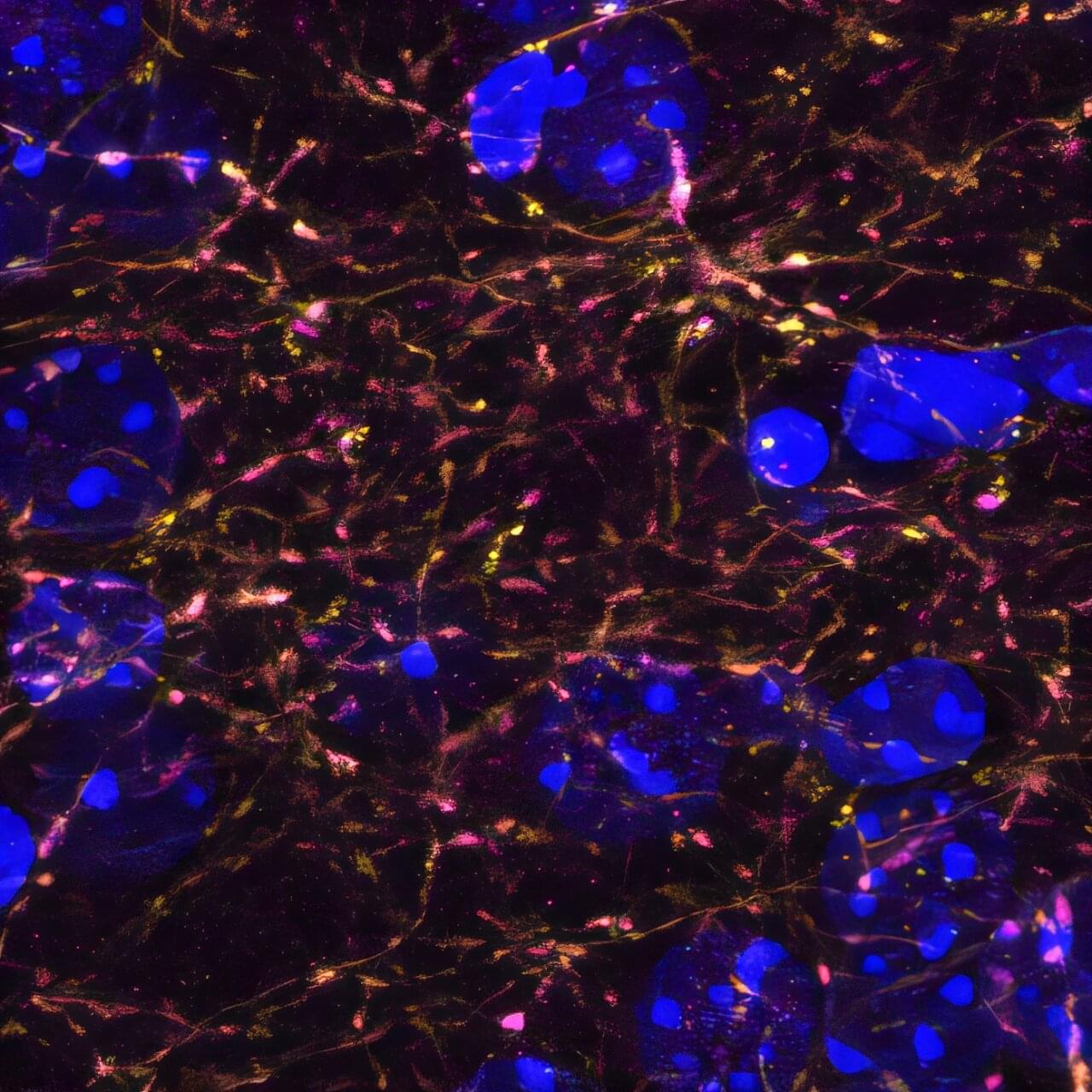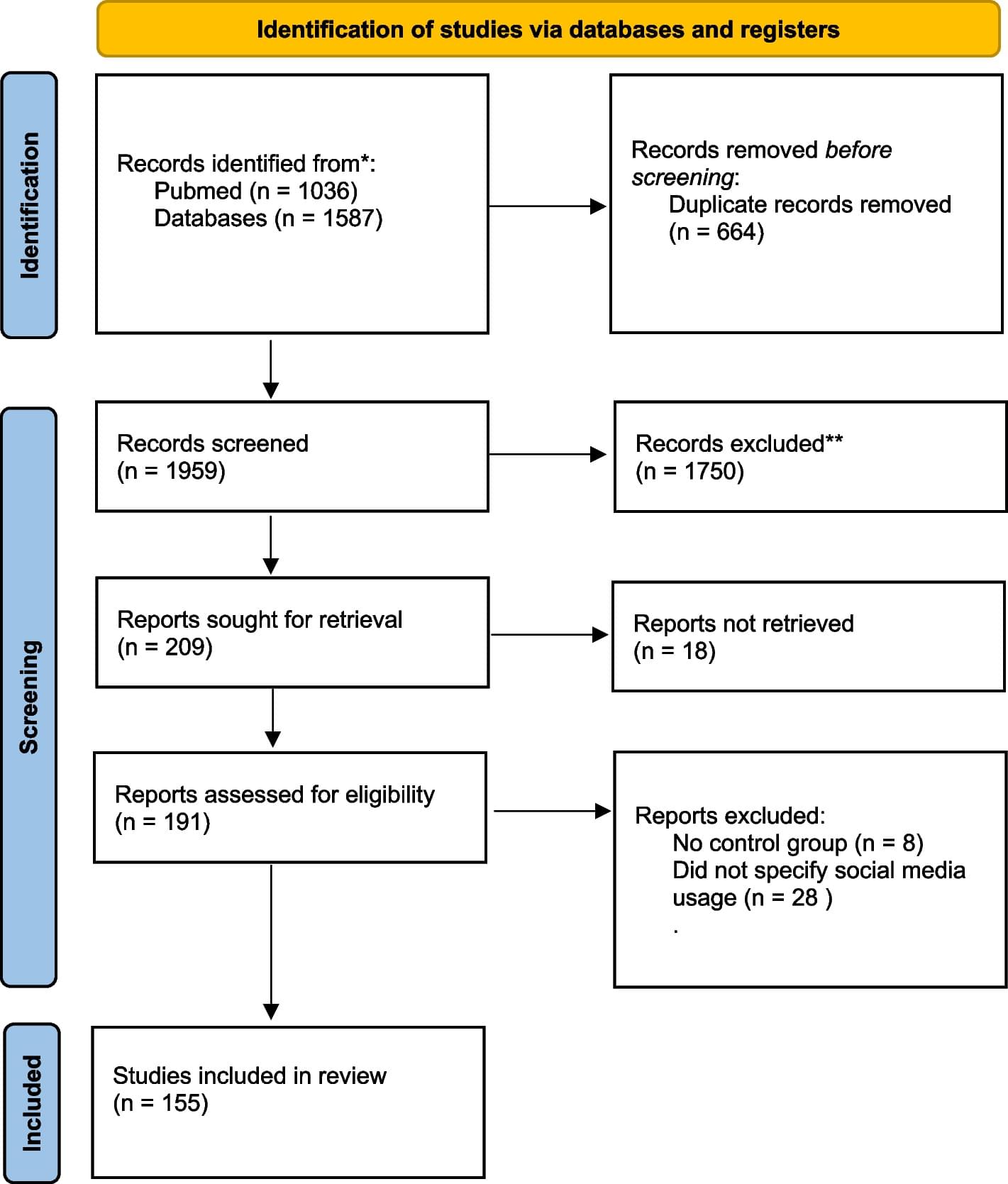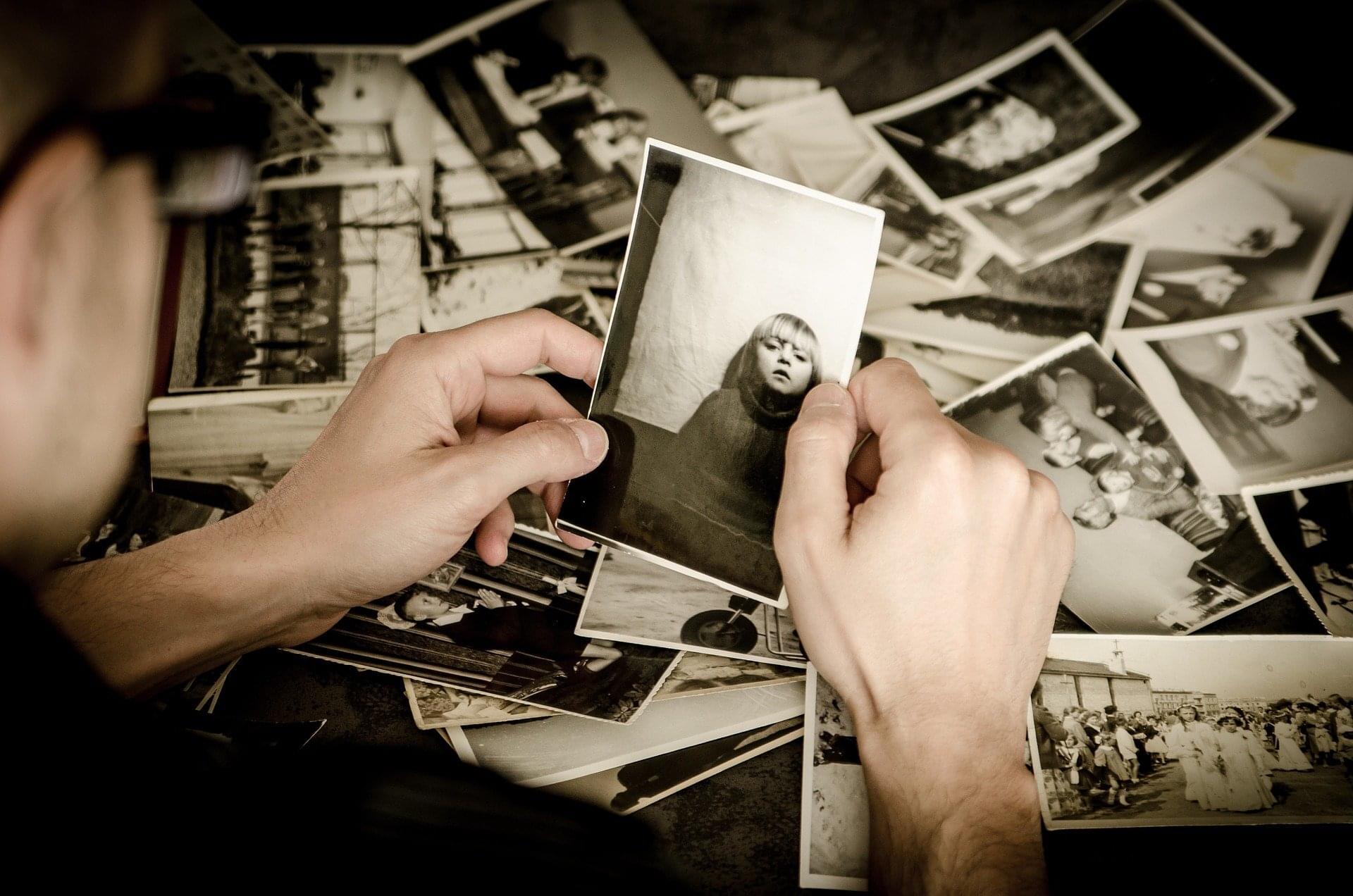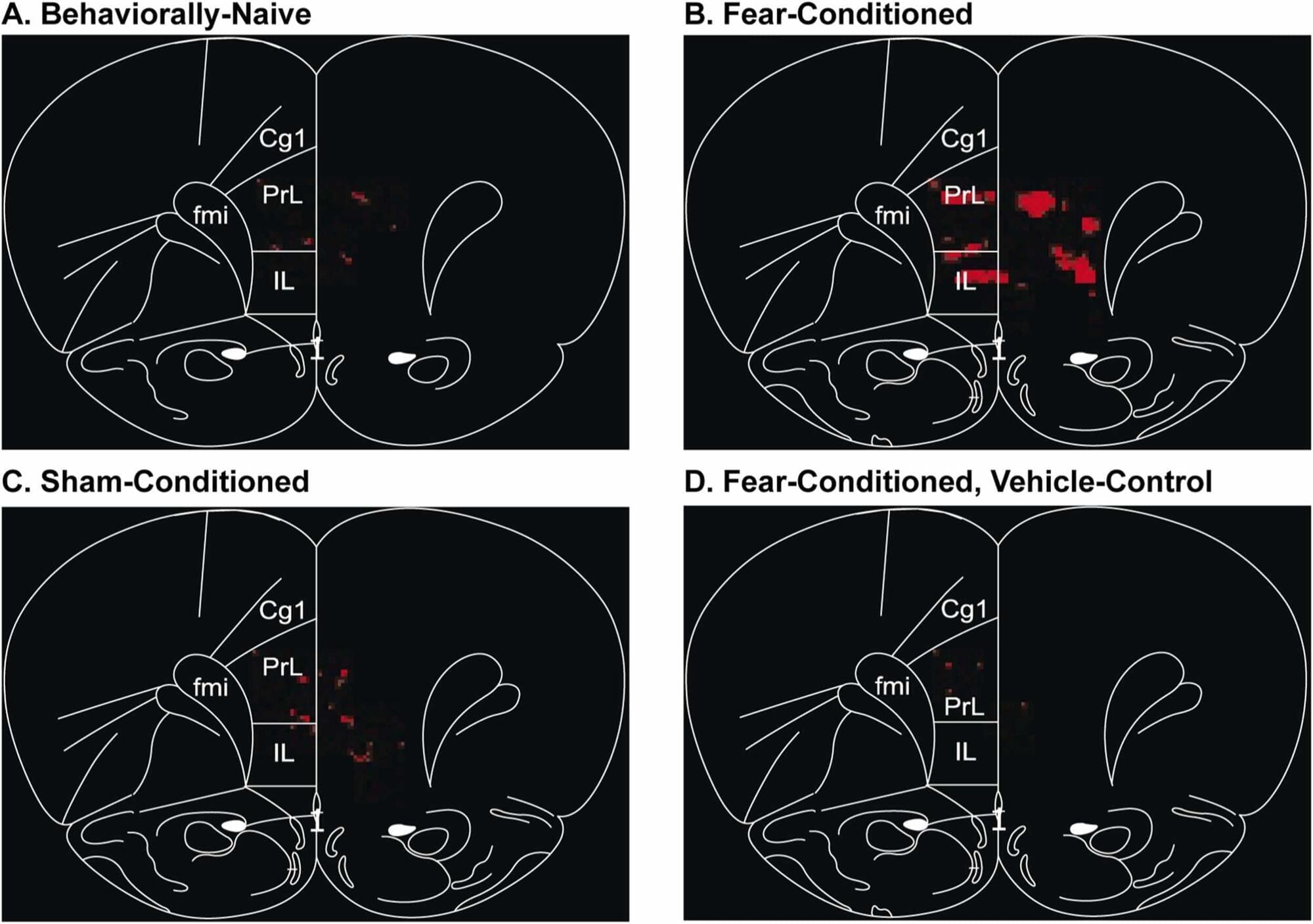A novel cortical biomarker can accurately distinguish high and low pain-sensitive individuals and may predict the transition from acute to chronic pain.
Importance Biomarkers would greatly assist decision-making in the diagnosis, prevention, and treatment of chronic pain.
Objective To undertake analytical validation of a sensorimotor cortical biomarker signature for pain consisting of 2 measures: sensorimotor peak alpha frequency (PAF) and corticomotor excitability (CME).
Design, Setting, and Participants This cohort study at a single center (Neuroscience Research Australia) recruited participants from November 2020 to October 2022 through notices placed online and at universities across Australia. Participants were healthy adults aged 18 to 44 years with no history of chronic pain or a neurological or psychiatric condition. Participants experienced a model of prolonged temporomandibular pain with outcomes collected over 30 days. Electroencephalography to assess PAF and transcranial magnetic stimulation (TMS) to assess CME were recorded on days 0, 2, and 5. Pain was assessed twice daily from days 1 through 30.








